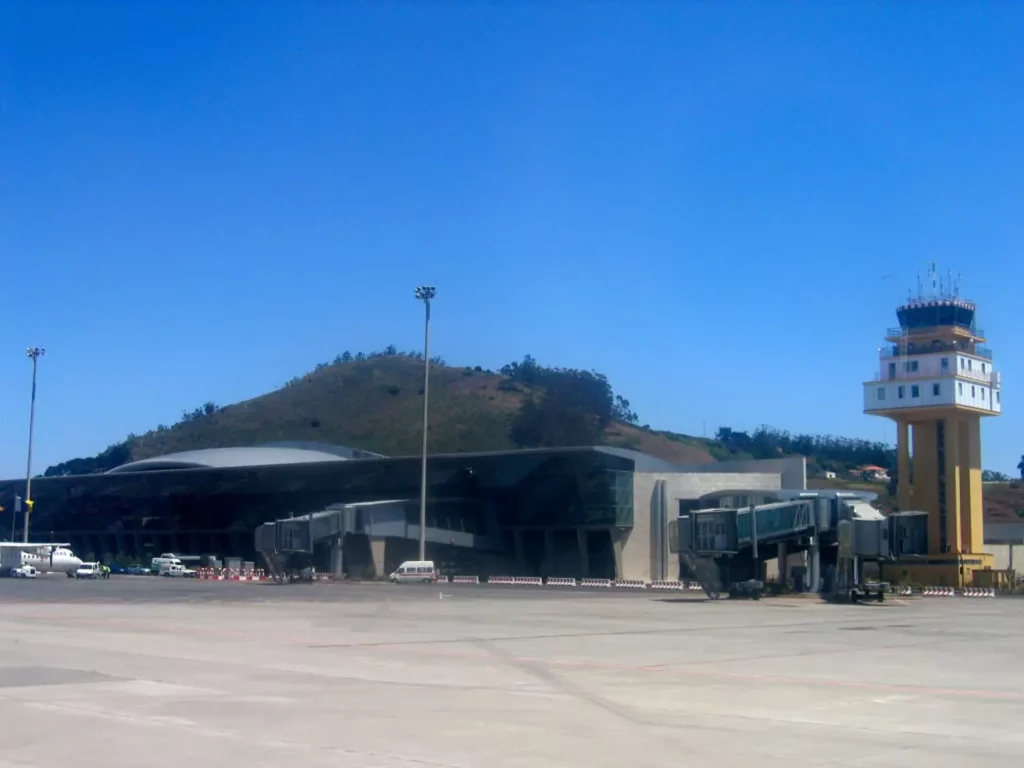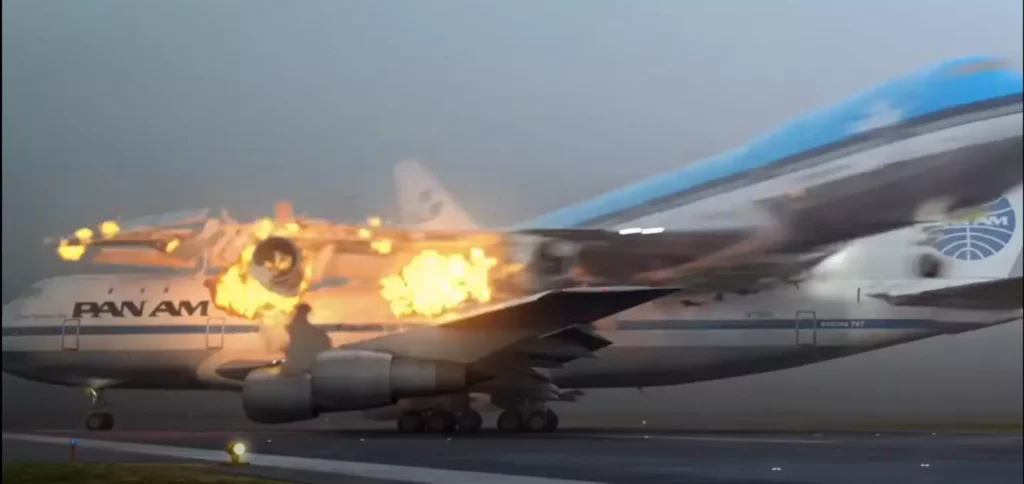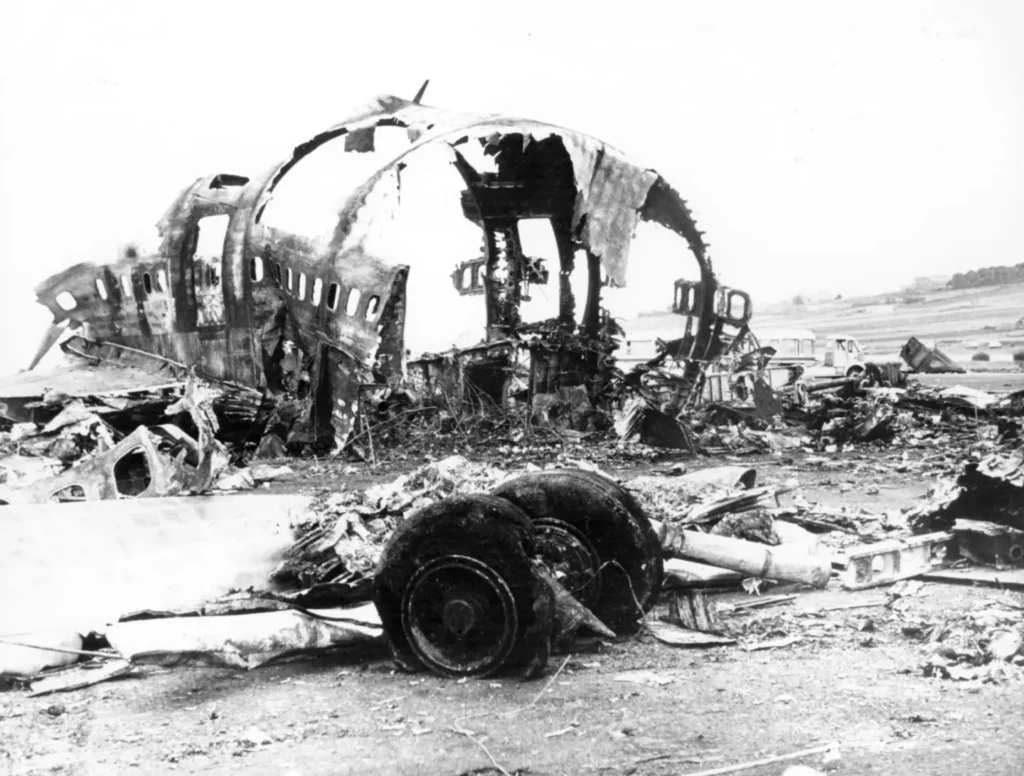In 1977, two planes collided on the runway, resulting in the deadliest aviation accident in history, with over 200 fatalities.
On March 27, the Atlantic island of Tenerife experienced a catastrophic crash at a small airport in its northern region.
After receiving what they believed to be take-off clearance, KLM Flight 4805 accelerated down the runway at Los Rodeos Airport—now known as Tenerife North—unaware that Pan Am Flight 1736 had not yet cleared the runway.
What transpired next was a catastrophic accident that forever altered the course of aviation history.

Due to poor weather conditions, KLM pilot Jacob Veldhuyzen van Zanten and First Officer Klaas Meurs could not determine the precise location of the Pan Am flight.
Under the mistaken impression that they had received clearance for takeoff, van Zanten launched the KLM aircraft down the runway, colliding directly with the Pan Am plane, which had not yet completed its taxi off the runway.
By the time the pilots of both aircraft understood the severity of the situation, it was already too late.
“Look at him! Goddamn, that son of a b***h is coming!” shouted Pan Am pilot Victor Grubbs as they made a sharp turn, desperately trying to clear the KLM’s path. First Officer Robert Bragg urgently responded, “Get off! Get off! Get off!”
The KLM aircraft ultimately crashed into the side of the Pan Am as it tried to take off prematurely.
The Dutch plane remained airborne for a brief moment before the impact of the crash caused it to stall and collide with the runway 150 meters (500 feet) further down from the Pan Am.
Reflecting on the aftermath in a 2016 interview with BBC Witness, Bragg stated, “I then looked up for the fire control handles, and that’s when I noticed the top of the airplane was gone.”

Flight 4805 was also carrying a fuel tank, which quickly ignited into a fireball, resulting in the deaths of all 248 passengers. The only “survivor” from the flight was Robina van Lanschot, a passenger who had disembarked after landing at Los Rodeos Airport.
Meanwhile, the Pan Am suffered extensive damage from the collision. Everyone seated on the upper deck of the aircraft was instantly killed upon impact.
Fortunately, 61 passengers, including the pilots, managed to escape from the burning aircraft before the fuel tank exploded.
Subsequent investigations determined that the crash was caused by poor weather conditions and miscommunication between air traffic control and the KLM.
This led to the creation of standardized language for pilots and ground crews to minimize future misunderstandings.
Perhaps one of the most chilling aspects of the collision was that neither of the planes was scheduled to make a stop in Tenerife at all.

Both the KLM and Pan Am flights had been diverted to Los Rodeos Airport due to a terrorist incident at their intended destination, Gran Canaria.
Earlier that day, a bomb planted in the terminal of the island’s airport by the separatist Canary Islands Independence Movement injured eight people when it exploded.
Due to the threat of a second explosion, all flights bound for Gran Canaria were forced to reroute to Los Rodeos, quickly overwhelming the small airport with aircraft. The pilots aboard the Pan Am even requested to circle their original destination until they received landing clearance, but this request was denied.





